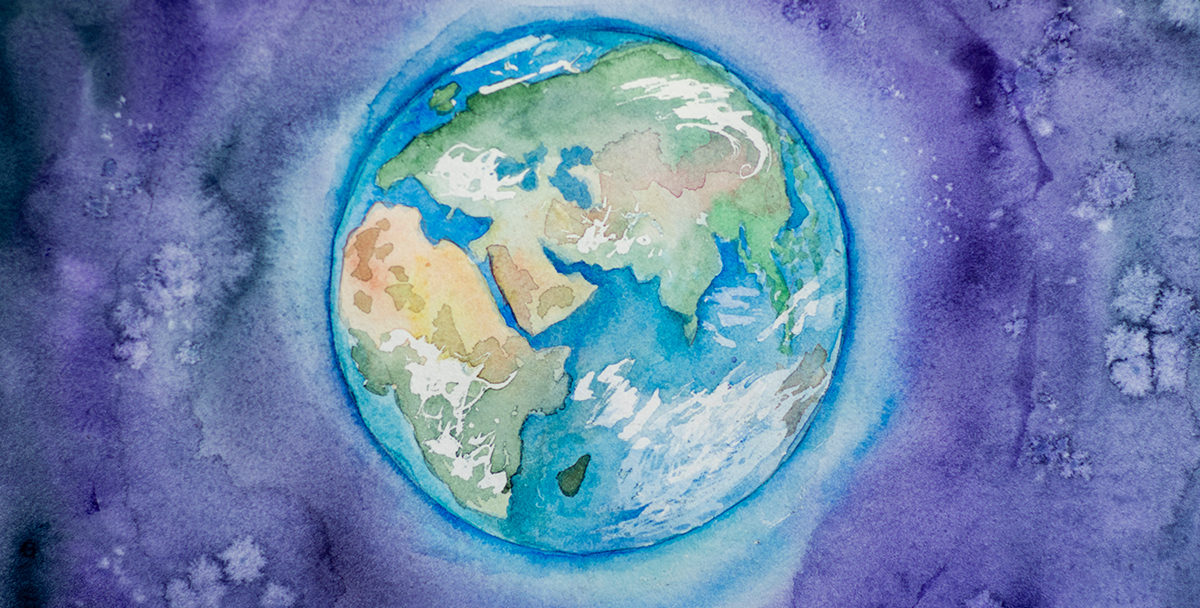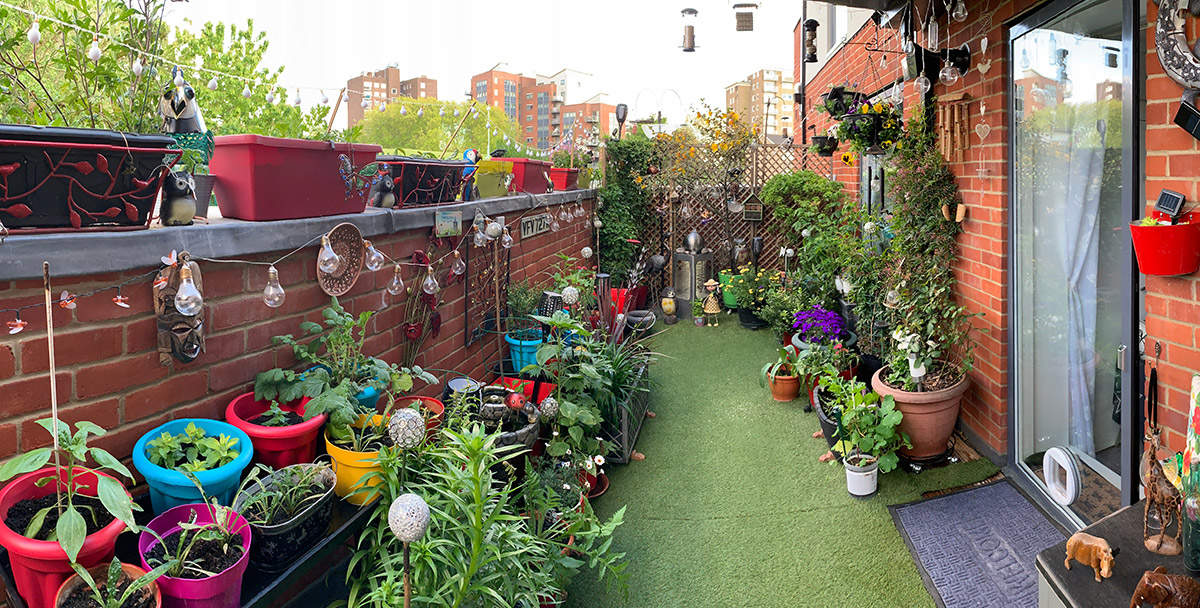Writer Bonnie Jean Feldkamp created a pollinator garden to reduce the size of her lawn. Here, she shares 5 easy steps to create your own.
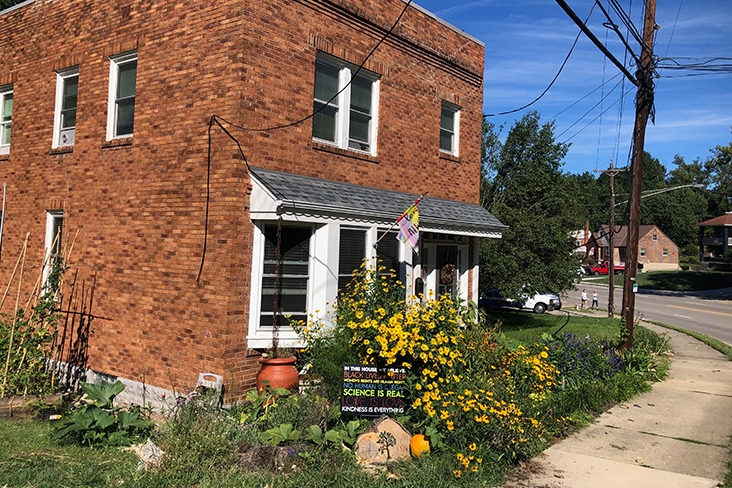
1. Choose a Location for Your Pollinator Garden
Look for a spot without a lot of root competition from existing trees and shrubs. Pollinator gardens can thrive in both sun or shade, so don’t let sun exposure dictate your location.
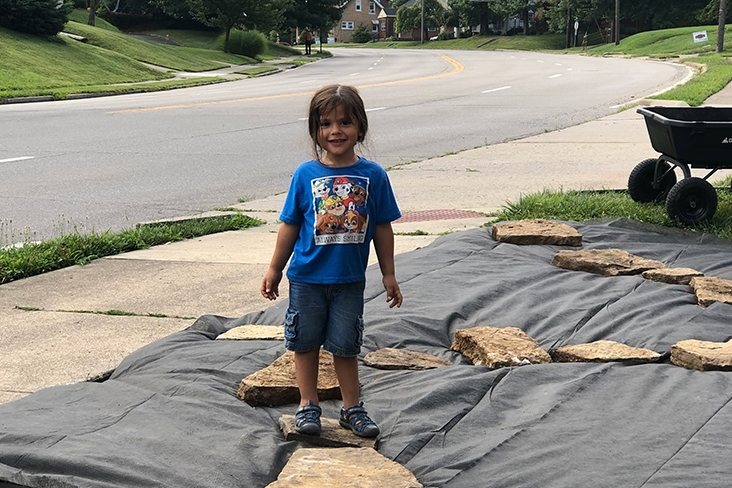
2. Prepare the Garden Bed
Pollinator gardens should be free of grass. Let yours decompose by covering it with cardboard or garden paper.
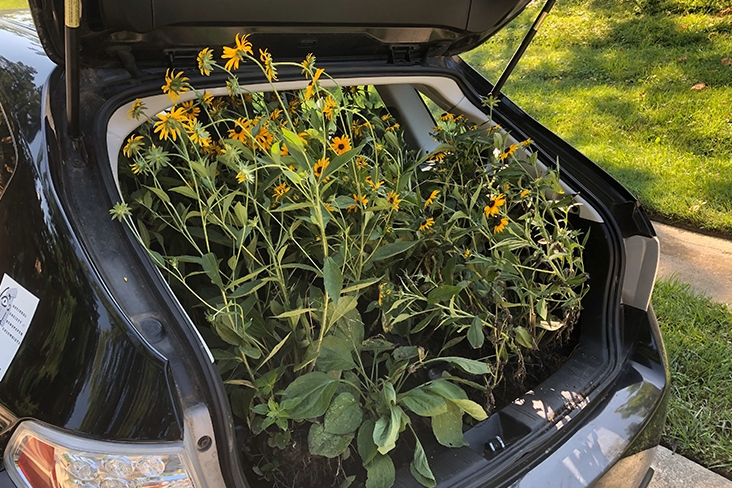
3. Select the Right Plants
Pollinators have evolved with native plants, so species native to your area are best. Check with your county extension office or local greenhouse or botanical garden for resources. The Cincinnati Zoo & Botanical Garden, for example, offers a great guide for choosing plants for Zone 6.
Also, choose plants that flower at different times so pollen and nectar are consistently available to pollinators. Milkweed, the host plant for monarch butterflies, is a great choice for much of the country − these butterflies migrate every spring and fall.
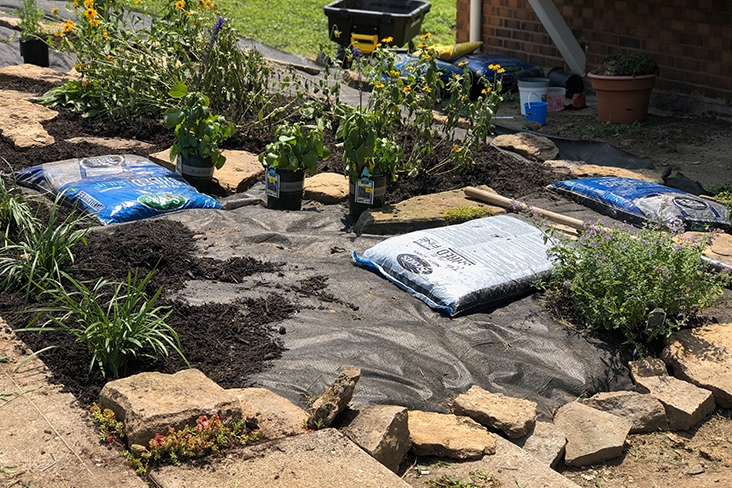
4. Plant Your Pollinator Garden
Each plant has its own needs when it comes to sun exposure and soil moisture, so follow any instructions from your greenhouse for where to place in the garden. From there, planting is as simple as digging a hole. Group plants with similar needs together for easier care.
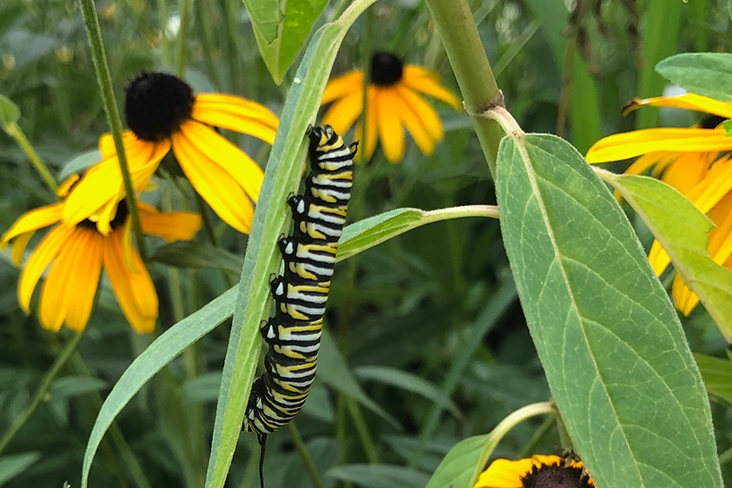
5. Welcome Bees, Butterflies, Caterpillars and Other Creatures
Pollinators are not just bees and butterflies – beetles and flies also play important roles in pollination. You’ll see damage on leaves where caterpillars and other larvae have munched. Consider it a sign that your garden is doing its job.
